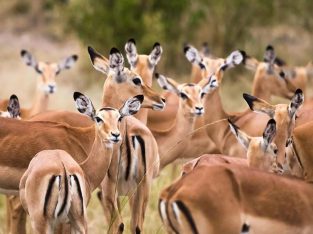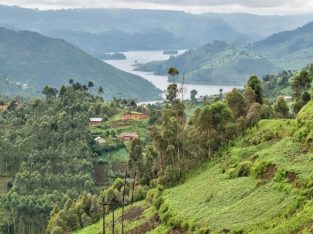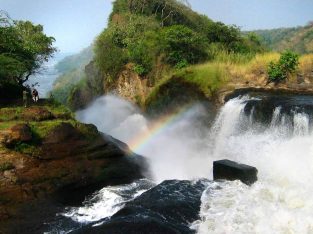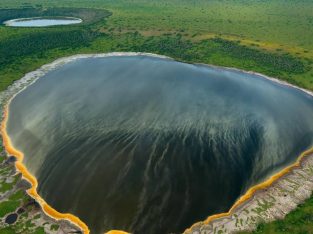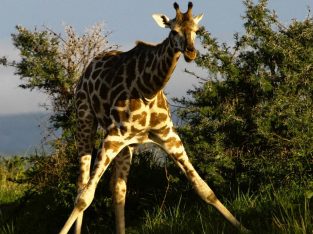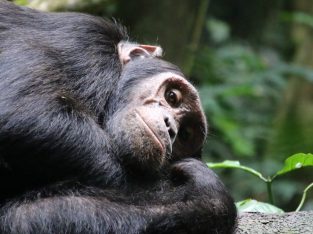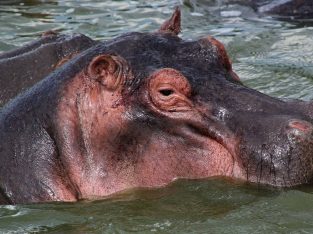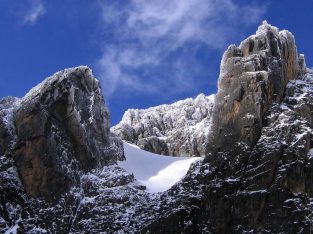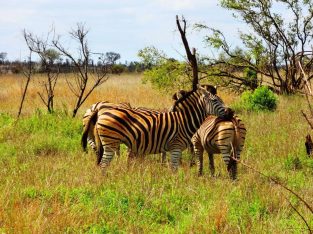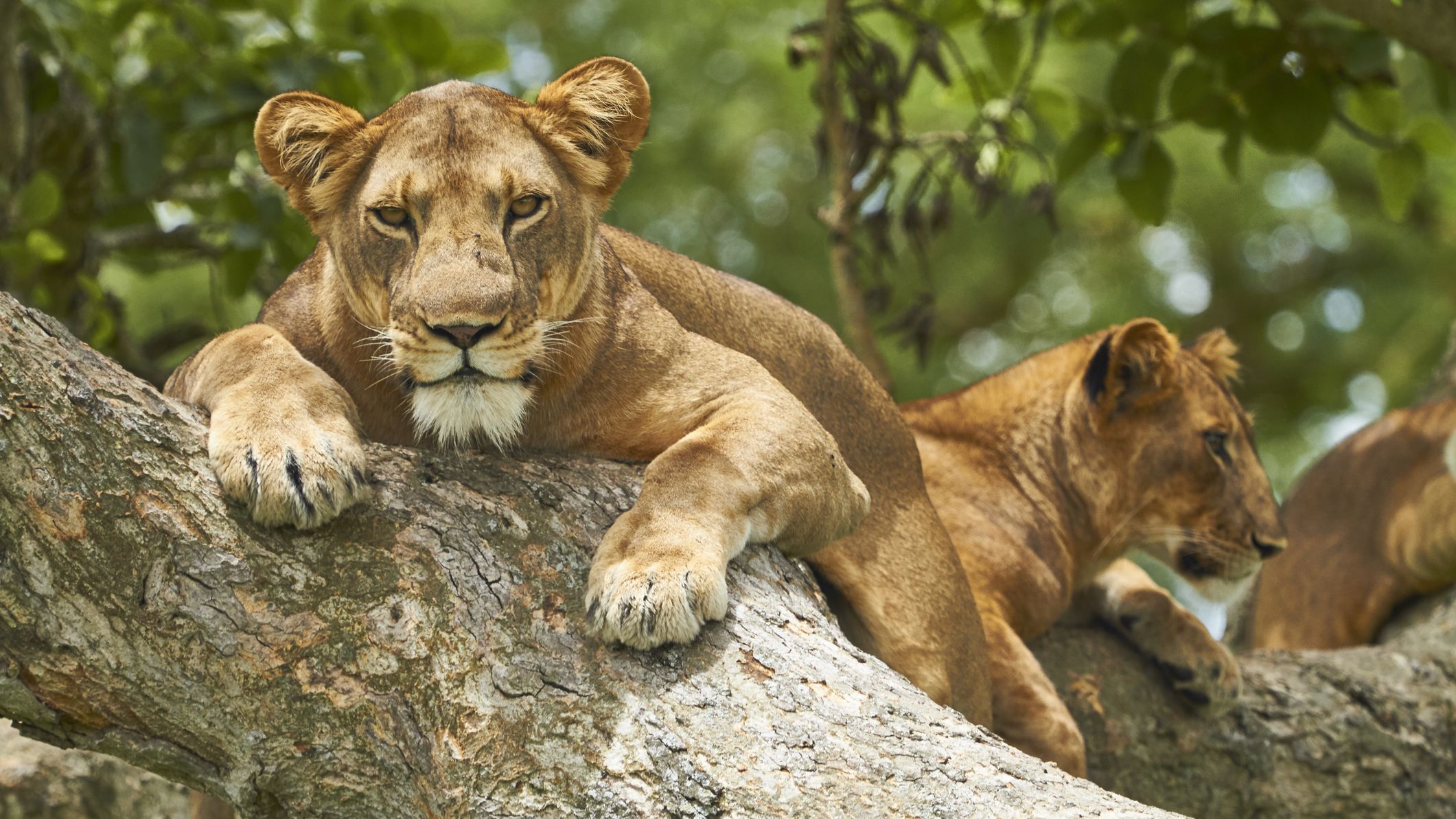Western Uganda Safari
The Queen Elizabeth National Park straddles the equator, with monuments on either side of the road marking the precise location where it crosses latitude.
The Kazinga National Park was established in 1952 and renamed two years later to commemorate a visit by Queen Elizabeth II of England.
Over 95 mammal species and 600 bird species can be found in the park.
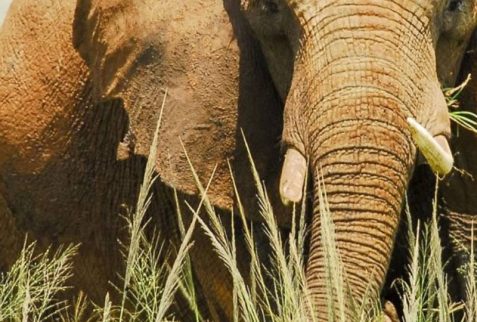
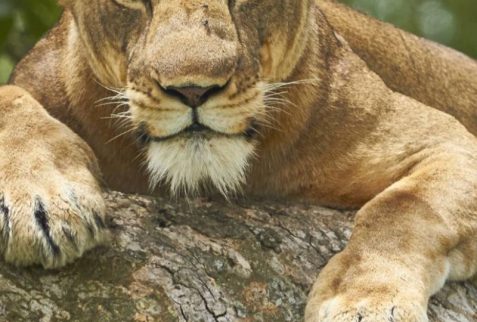
The park’s highest point is 1,350 meters above sea level at the Katwe explosion craters, while its lowest point is Lake Edward at 910 meters.
It makes sense that Queen Elizabeth National Park is the most well-liked tourist site in Uganda. The park’s diverse ecosystems, which include expansive savanna, cool, moist woods, glistening lakes, and lush wetlands, give it the perfect habitat for the traditional big game, ten primate species, including chimpanzees, and over 600 kinds of birds.
The park’s breathtaking views include dozens of enormous craters that have been dramatically carved into rolling green hills, panoramic views of the Kazinga Channel, whose banks are lined with hippos, buffalo, and elephants, and the endless Ishasha plains, whose fig trees conceal lions ready to pounce on herds of unwary Uganda kob. All of these sights are set against the ragged Rwenzori Mountains.
Queen Elizabeth National Park is home to magnificent wildlife attractions as well as an intriguing cultural past. Visitors have numerous chances to interact with the local populations and take in storytelling, dancing, music, and other cultural activities. The ecosystems in the park have been preserved thanks to its gazetteing, which also benefits the nearby community.
Good to Know
Country
Visa Requirements
Languages spoken
Currency used
Thorny Acacia dominates this savannah habitant with a high concentration of candelabra shrub, a cactus that grows along the Kazinga channel and on the Kasenyi plains. The majority of Queen Elizabeth is made up of open grassland and savannah, which tends to be moister and woodier in the west than in the eastern part.
At least 95 different species of mammals can be found in Queen Elizabeth, including 20 carnivores including the lion, leopard, side-stripped jackal, and spotted hyena.
